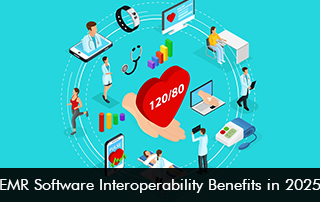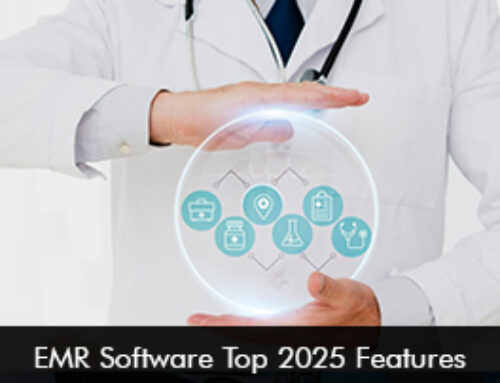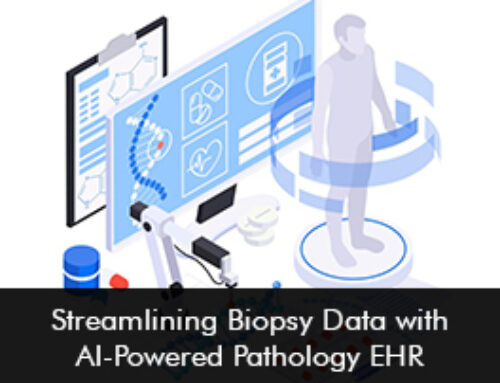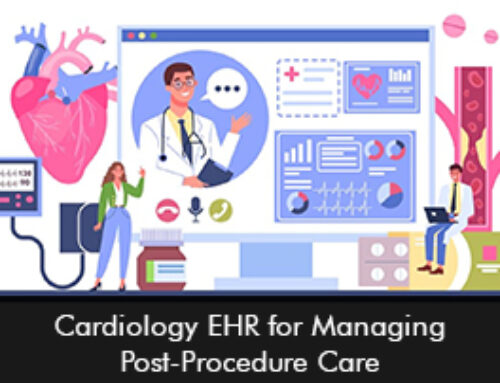In 2025, the ability for different EMR software systems to “talk” to each other, known as interoperability, will be a game-changer for healthcare. It’s all about making sharing patient information between different computer systems easy. As doctors and hospitals work to give patients the best possible care and run things more smoothly, this seamless data sharing has become a fundamental part of modern medicine. Thanks to these sophisticated interoperability tools in Electronic Medical Records (EMR) Software, healthcare providers can get their hands on up-to-the-minute patient data, helping them make better choices and work more efficiently.
Benefits of EMR Software Interoperability Options in 2025
Improved Patient Care and Care Coordination
Through robust interoperability solutions in EHR Software, healthcare providers are empowered to share patient data smoothly with each other. For holistic patient care, clinicians from different specialties must be on the same page. Furthermore, interoperability allows providers access to comprehensive patient data at the point of care, supporting their decision-making to boost health outcomes.
Enhanced Efficiency and Less Administrative Work
By implementing EMR Software across hospitals, clinics, and specialists, healthcare providers can automate data sharing. This gets rid of manual data entry and reduces the amount of paperwork. As a result, efficiency is improved, and clinicians can focus on what matters most: patient care.
Reduction in Healthcare Costs
When data can be shared seamlessly healthcare organizations can reap the benefits of cost savings with Electronic Health Records interoperability. Duplicate testing can be avoided and the cost of unrequired procedures can lead to cost savings.
How the US Healthcare Industry is Improving Interoperability
The US healthcare industry is working hard to make it simpler for different EMR systems to talk to each other. They’re doing this through a mix of new policies, upgraded tech advancements, and everyone in the industry working together. Here are some key things they are rolling out to boost interoperability:
TEFCA (Trusted Exchange Framework and Common Agreement): By 2025, more and more healthcare providers are expected to start using TEFCA. It’s a national roadmap for safely sharing patient data between different healthcare networks.
FHIR (Fast Healthcare Interoperability Resources): FHIR is like a common language for health data. Many EHR Software are using FHIR, which makes it much easier to share patient information in a way that computers can understand.
Government Rules and Rewards: The Office of the National Coordinator for Health Information Technology (ONC) is keeping a close eye on things. With the 21st Century Cures Act, they are making sure that healthcare providers and EMR Software vendors follow the rules and share data securely and consciously.
In essence, the US healthcare industry in 2025 is making progress in making the sharing of health information between different systems much more efficient and secure. These efforts are helping to ensure that patient data can be accessed by authorized healthcare providers when and where it’s needed. These major initiatives can help enhance healthcare delivery.






